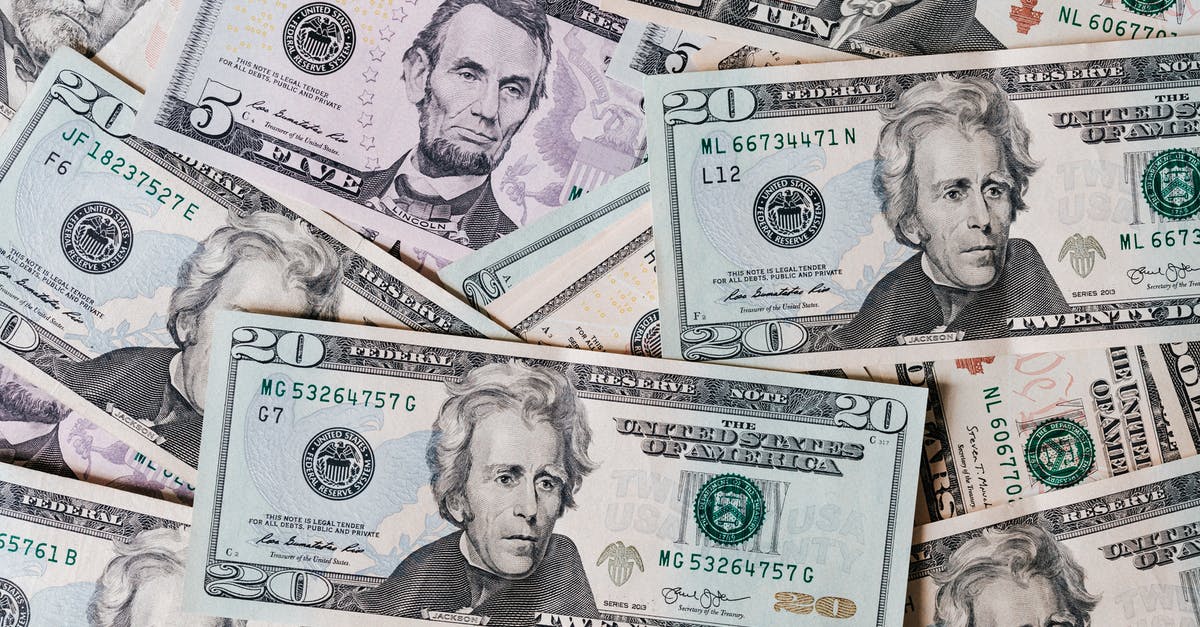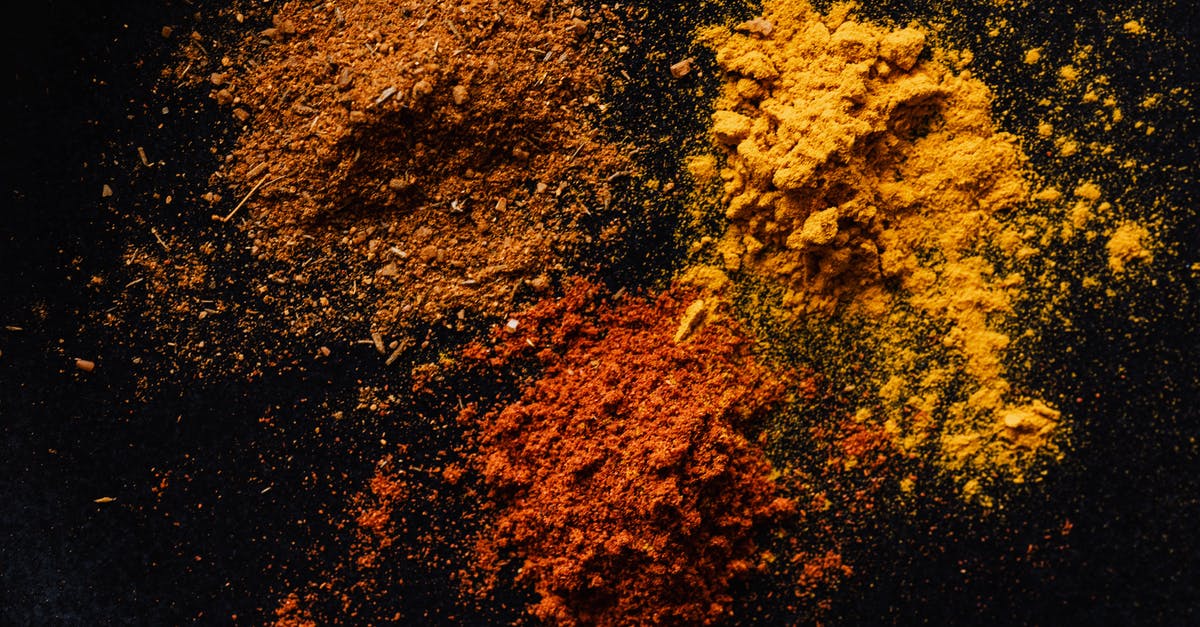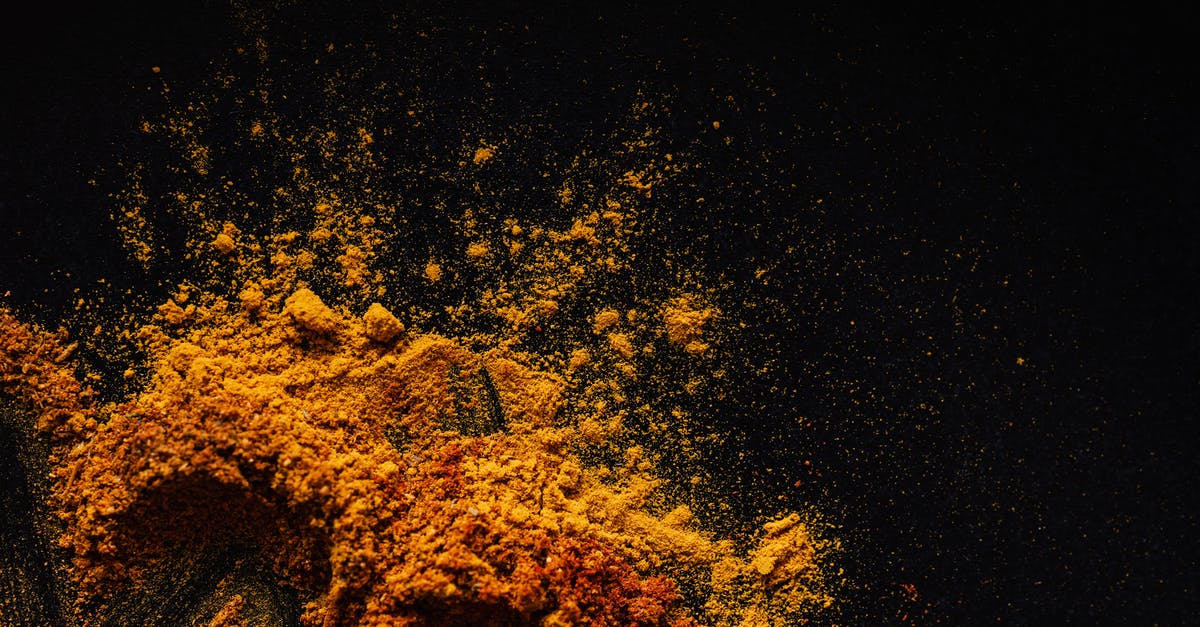What is considered "mild" vs. "hot" in different countries? (measured empirically)

In different countries, what is generally considered "hot" for local residents dining on local cuisine?
I'm an American and have experienced this at a number of Thai, Korean, and Indian restaurants around the United States. When ordering, guests are given an option of spiciness between mild, medium, hot, or "Thai hot" (or "Korean hot" or "Indian hot"). The implication is that what an American person would consider to be spicy, a Thai person would consider to be medium or maybe even mild.
Now, I'm a lover of spicy food and order the "Thai hot" almost every time, but it makes me wonder: is this an accurate interpretation of the perception of spiciness for different countries around the world? Or are they just presenting guests with a 1 to 4 scale on spiciness that has nothing to do with the nationality?
I have a good feel for what is considered "hot" or "spicy" in American restaurants, and I'd liken it to the spiciness of a jalepeno pepper (about 5,000 to 8,000 Scoville). I would say "mild" is up to maybe 500 Scoville, and "medium" is somewhere in the middle. There are exceptions in different regions and restaurants, but I'd think that's pretty typical.
Measured in Scoville (or maybe some other unit), what is generally considered "hot" in Thailand, Korea, and India? I'm looking for an empirical measurement of spiciness rather than a comparison between nationalities (e.g., "hot in Thailand is #,### Scoville", not "Thai food is hotter than American food").
I have not experienced this with Chinese, Japanese, Mexican, Caribbean, German, French, Scottish, or any other national/regional restaurant that I can think of. For me, it's unique to Thai, Korean, and Indian restaurants in the United States. Others may have had different experiences.
Best Answer
Nobody has published reports on this kind of empirical evaluation, and there's a few reasons why not (in the below, "heat" refers to spiciness from capsaicin):
- Heat tolerance and preference varies not just from region to region of a country, but also from one individual to another, just like it does whereever you live. So finding "how hot is Thai hot" would require a survey of a large number of individuals across the whole country, and would give you a heuristic distribution instead of a specific level. Nobody cares enough to fund this.
- It's difficult, if not impossible, to measure the heat of finished dishes. The scoville measuring process is not designed for peppers mixed into foods, particularly since texture, competing flavors, cooking techniques, and even dining practices can affect the perception of heat. For example, there are quite a few Chinese dishes which include dried whole chili peppers that are not meant to be eaten (like bay leaves).
- "Local cuisine" is a squishy concept that defies empirical evaluation. For example, is Anglo-Indian cuisine "local" or not? An awful lot is eaten in British pubs. And whether or not you include it makes a huge difference in any evaluation of "how hot is British food".
Further, lemme add that none of the above would tell you anything about how restaurants outside the original culture evaluate "hot", which has more to do with their local clientele than their home country.
Pictures about "What is considered "mild" vs. "hot" in different countries? (measured empirically)"



Steel production: explained in 5 minutes!
Sources: Stack Exchange - This article follows the attribution requirements of Stack Exchange and is licensed under CC BY-SA 3.0.
Images: Karolina Grabowska, Olya Kobruseva, Karolina Grabowska, Karolina Grabowska
